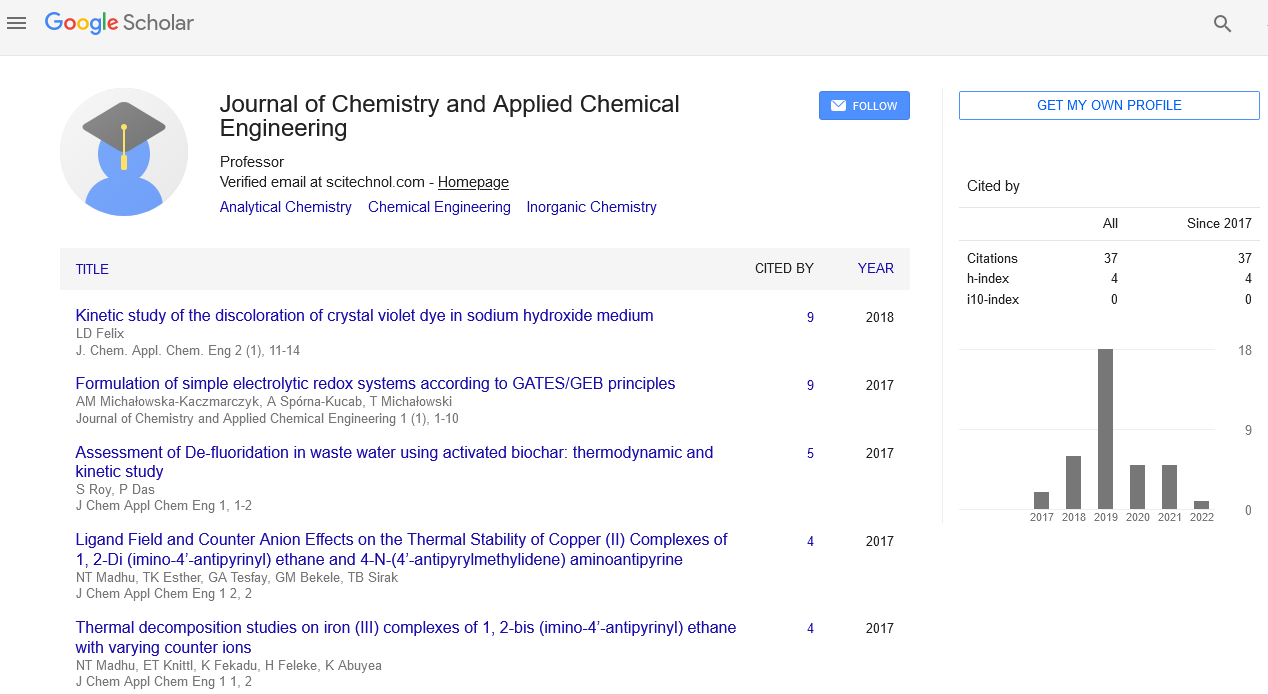Replacing candles with candlelight OLED
Jwo Huei Jou
National Tsing Hua University, Taiwan
: J Chem Appl Chem Eng
Abstract
Numerous medical studies and International Energy Agency reports highlighted that frequent exposure to improper light, such as intensive white light or light with strong blue emission considerably suppresses the secretion of melatonin (MLT) rapidly if used at night, disturbing human circadian including sleepwake behavior, cellular function, gene expression and jeopardizing human health. Moreover, circadian disruption by light-at-night, markedly increases the risk of various types cancers, including breast-, colorectal-, and prostate-cancers. The reason beyond this may be a light source with high color-temperature or short wavelength light that has a remarkably high suppression effect on the secretion of the oncostatic hormone, MLT. In the modern world, the low color temperature candles might be used as a physiologically friendly lighting measure at night, nevertheless, they are very energy-inefficient, not to mention their potential fire hazard problems, flickering nature and hazardous particular matter (PM 2.5). In response to the call for a physiologically-friendly light, a candlelight-style organic light emitting diode (OLED) is developed with a color temperature as low as 1900 K and an efficacy of 300 and 3 times higher than that of a candle and an incandescent bulb, respectively. It is 57 times safer from retina protection perspective and 17 times better for melatonin to naturally occur after dusk, as comparing with the blue light-enriched white OLED, LED and CFL counterparts. The designed light source delivers a sensationally warm environment, which is energy-saving, poses no fire hazard, and is free from PM 2.5, flickering, glare, ultraviolet, and infrared emission.
Biography
Jwo-Huei Jou received his Masters and PhD degrees from the University of Michigan, Ann Arbor, Michigan, in 1985 and 1986, respectively. He worked as a Post-doctoral Visiting Scientist at IBM-Almaden Research Center, San Jose, California, from 1986 to 1988. Now, he is a full Professor at the Department of Materials Science and Engineering, NTHU, while chairing the department from 2006 to 2009. He has been granted 85 patents, published 175 journal papers and given more than 50 invited lectures.
E-mail: jjou@mx.nthu.edu.tw
 Spanish
Spanish  Chinese
Chinese  Russian
Russian  German
German  French
French  Japanese
Japanese  Portuguese
Portuguese  Hindi
Hindi 